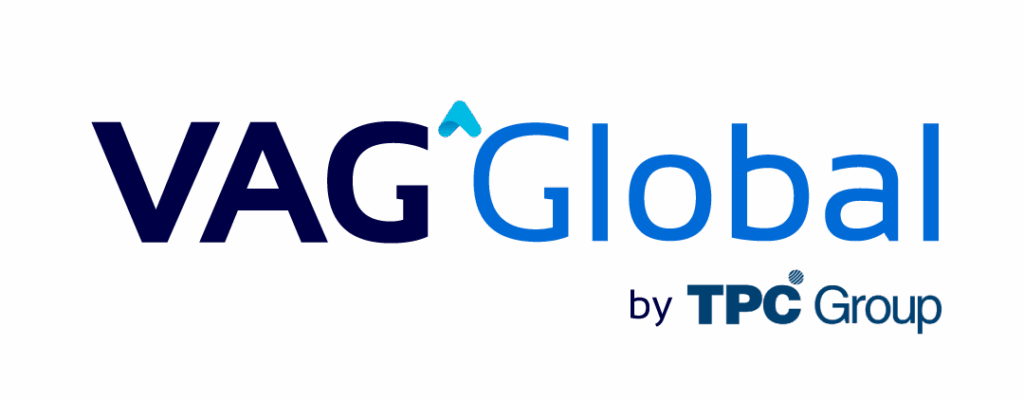Through Legislative Decree No. 1535, published on March 19, 2022, a new compliance profile was created, which replaces the Good Taxpayers Regime. This new mechanism qualifies taxpayers in five different profiles depending on their voluntary compliance with tax, customs, and non-tax obligations administered and/or collected by the SUNAT (Superintendencia Nacional de Aduanas y Administración Tributaria – National Superintendence of Customs and Tax Administration).
In this line, last December 30, 2023, Supreme Decree No. 320-2023-EF was enacted, which contains the regulation of this new mechanism. Therein, implementing the assignment of the compliance profile to taxpayers would be carried out gradually, being those subjects that generate third-category income in the first stage.
The most relevant aspects of this new mechanism are the following:
What Are the Profiles?
The Administration rates the taxpayer according to the following:
- Rating A: Very high compliance level.
- Rating B: High compliance level.
- Rating C: Medium compliance level.
- Rating D: Low compliance level.
- Rating E: Very low level of compliance.
Rating Procedure
The Administration evaluates the taxpayer’s tax behavior in the 12 months before the assignment of its rating. Thus, Article 6 of Legislative Decree No. 1535 will consider the following factors:
- The taxpayer’s behavior regarding its compliance.
- The communication of indications, complaints, or proceedings for the commission of a tax and/or customs offense of the taxpayer, similar to the legal representative, which is relevant for legal entities.
- Conviction for tax and/or customs offenses. Likewise, for legal representatives in similar situations.
- The legal representative has an assignment resolution of the condition of disabled subjects for work.
If the following subjects are in the last two levels of compliance, it will affect the compliance level of the entity to which they belong:
- The individual owner of an EIRL.
- The partners, shareholders, or stockholders who own more than 20% of the company’s capital.
- The manager, general manager, or administrators.
New taxpayers
New taxpayers are considered as such to assign the compliance profile, those with less than six months performing third-category activities during the evaluation period, either due to performing them recently or stopping them temporarily.
Those subjects will be assigned to the C Rating unless they incur one of the assumptions of Article 6 of the aforementioned Decree, which will generate a lower rating.
Amendments and Effects of the Assigned Rating
This assignment is made on a quarterly basis and will be effective as of the first calendar day of the month following the notification of the assignment resolution.
Regarding these amendments, once the rating is assigned and notified, the taxpayer has ten business days to present its arguments to be resolved within 30 business days by the Tax Administration. Likewise, the qualification undergoes a periodic quarterly evaluation.
Thus, the taxpayer may improve or worsen the initially assigned qualification depending on its incurrence in the above factors.
Effects of the New Compliance Profile
Likewise, Legislative Decree No. 1535 made a series of amendments to the tax legislation, of which the following are noteworthy:
- Taxpayers in Classification E may not change their tax domicile without prior authorization from the SUNAT (Article 11 of the Tax Code).
- Taxpayers classified as D and E are subject to the precautionary measures determined by Article 56 of the Tax Code.
- The rectified tax returns of taxpayers in Classifications D and E will not be in force until 90 business days after its filing (Article 88 of the Tax Code).
- Requests for refunds from taxpayers with Qualification E will be resolved within six months (first final complementary provision of Legislative Decree No. 950).
- In foreign trade operations, taxpayers with Qualifications D and E must use Means of Payment when the amount is 30% of S/. 2,000 or $ 500 (Articles 3-A and 4 of Supreme Decree No. 150-2007-EF – Consolidated Amended Text of the Law against Evasion and for Economic Formalization).
- Taxpayers in Qualification A who import may use the amounts deposited by the SPOT for taxes levied on imports (Article 9 of Supreme Decree No. 155-2004-EF – Consolidated Amended Text of the Law for the Payment System of Tax Obligations with the Central Government).
- The Banco de la Nación will enter as collection the amounts deposited by the SPOT when the taxpayer is in Qualification E (Article 9 of Supreme Decree No. 155-2004-EF – Consolidated Amended Text of the Law of the System of Payment of Tax Obligations with the Central Government).
- The compliance profile assigned will affect the authorization of foreign trade operators (Articles 20, 26, and 167 of the General Customs Law).
Recommendations
Since implementing the compliance profiles is currently in force, they must be attentive to the SUNAT’s notification, given that, in case of disagreement with the assigned qualification, it should be challenged as soon as possible.
Thus, compliance profiles affect the decision-making of companies and the SUNAT’s opinion; therefore, they must comply with their tax obligations. At VAG Global, we have Tax Consulting & Tax Compliance services to assist your business to be qualified as a responsible taxpayer.
Sources: SPIJ 1307521 / SPIJ 1366318
